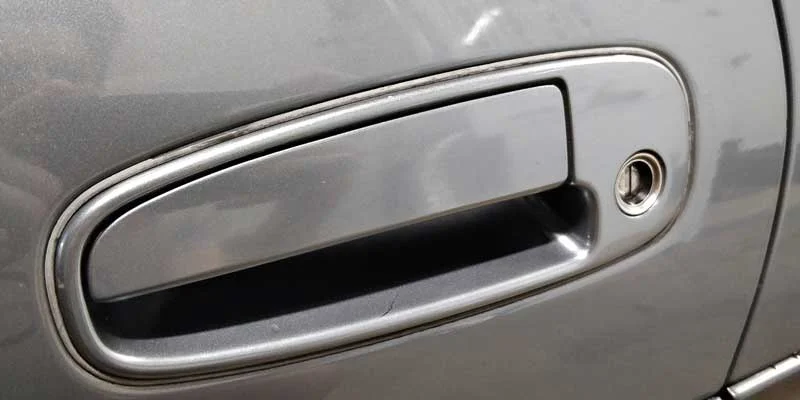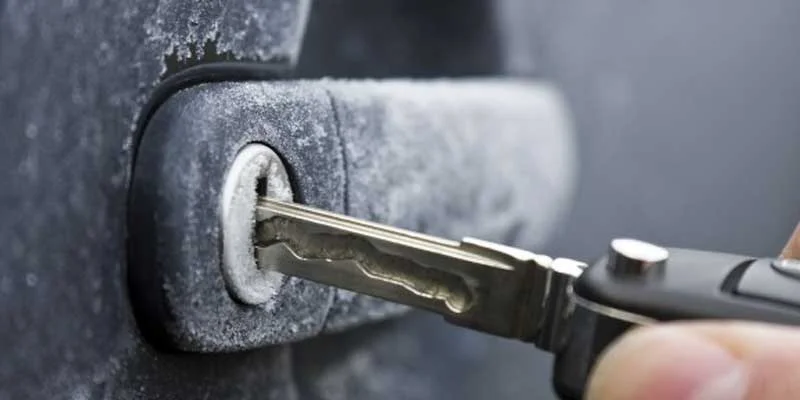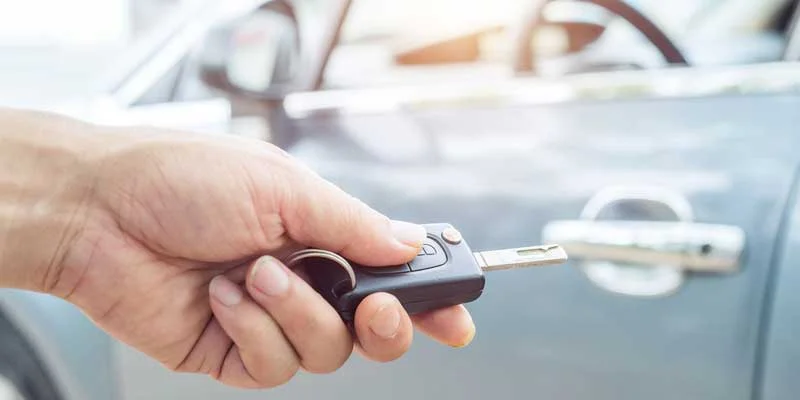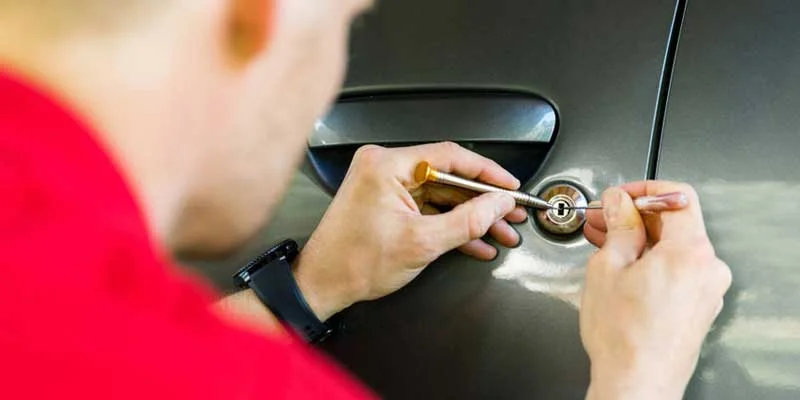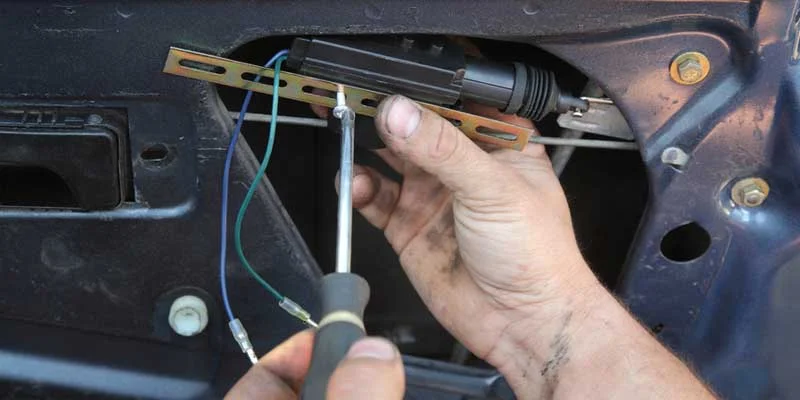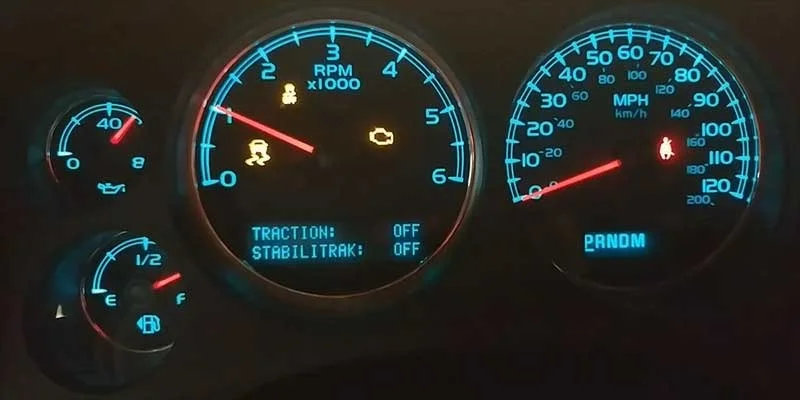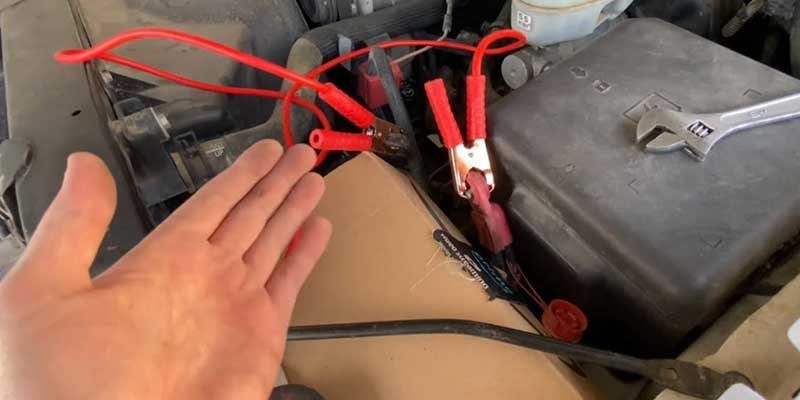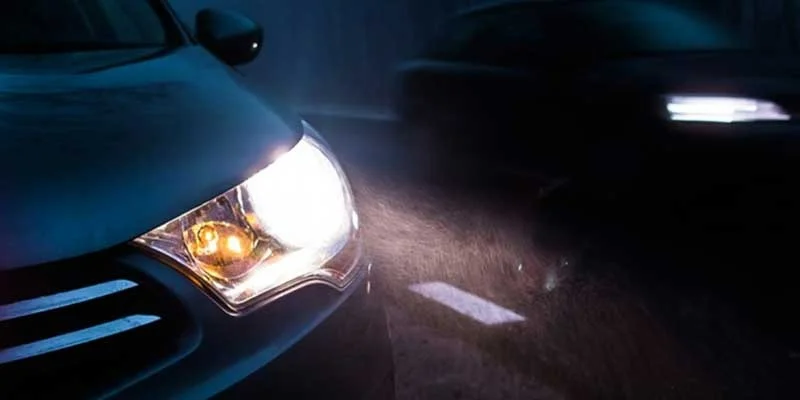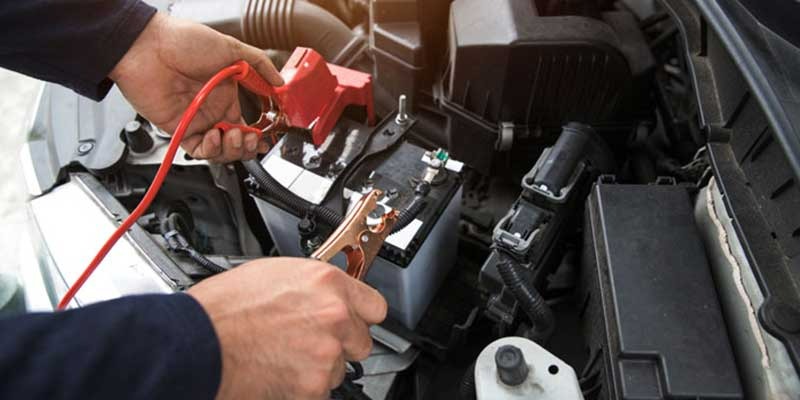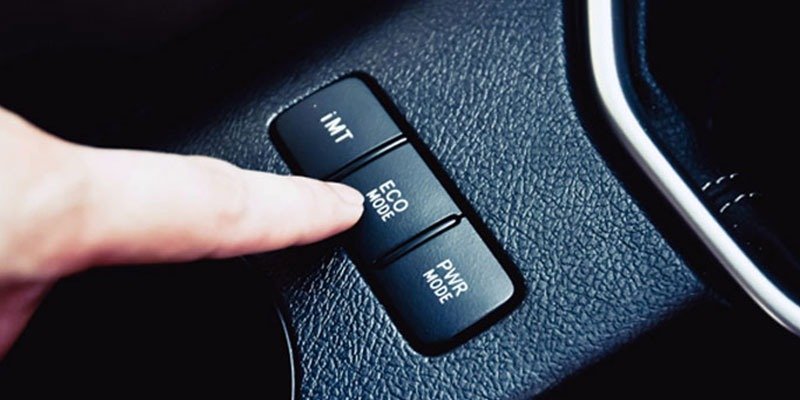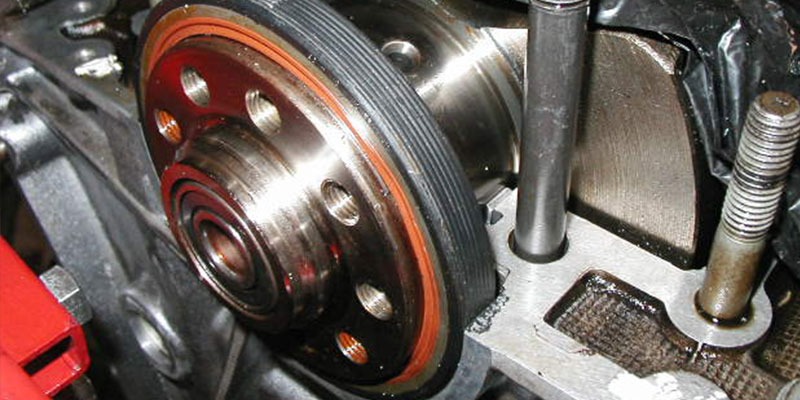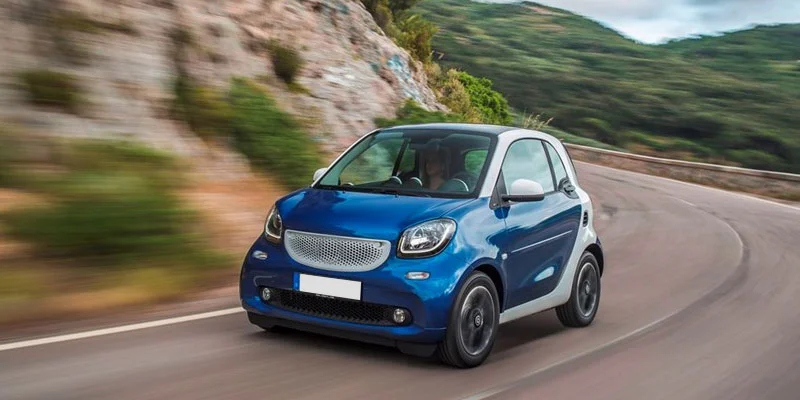Sometimes, for what seems like no reason at all, you’ll find that the key turns in your car’s ignition but won’t release the lock. It can be extremely frustrating when trying to get someplace on time or need to make an emergency run.
Now the situation is, Key turns but won’t unlock the car doors!
Most car owners lock car doors for the protection of valuables. If the ignition key car locks and the door lock does not open, you will be stuck somewhere.
There can be several reasons a ca lock keys cannot unlock the car doors. Some examples are damaged car lock, damaged car, keys frozen car lock, lack of lubrication, or dead car key fob batteries.
Top reasons: Your Car Key turns but won’t unlock the car
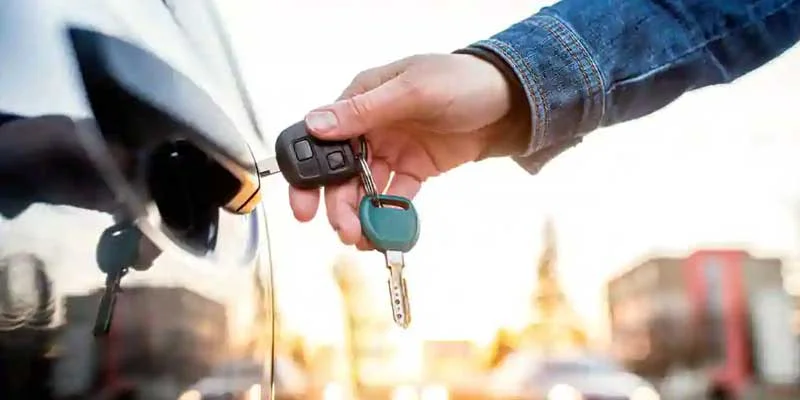
1. Damaged Lock
One of the reasons that your key turns freely in the ignition but won’t unlock the car door is the damaged lock cylinder.
You can check very easily if you have a problem with the lock cylinder internal mechanism. Just try to insert your car key into the ignition and turn it back and forth quickly. If this doesn’t work, then you need to replace your ignition lock cylinder.
When you open your car more often using a car key fob or remote, it also leads to car lock damage when you insert the key in the car door.
Another probable reason is the dirt and debris blockage leading to car door lock damage. Extreme temperatures can also freeze the car door lock. Any accidental effect may also damage the car door lock.
2. Damaged Key
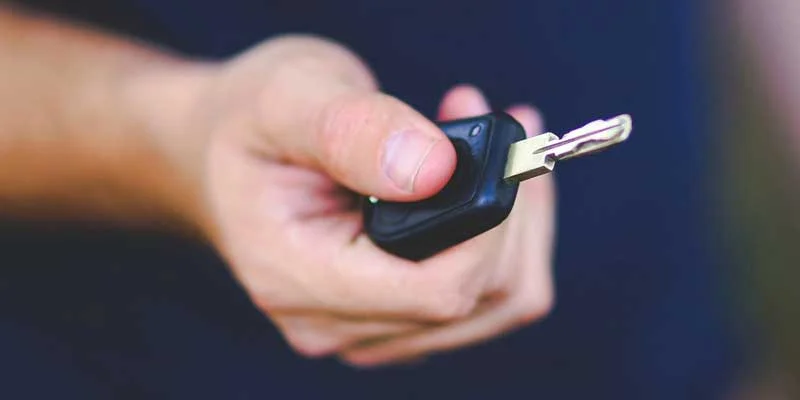
You might have noticed the grooves in your car key, which must align with the tracks in the lock cylinder to lock or unlock the car door. Visually, your keys might be appearing fine, but there could be possible wear and tear on these grooves leading to the broken key.
The door lock internal mechanism will not match with the car key grooves. The lack of maintenance often damages the car keys.
Cutting a new car key from a professional automotive locksmith is the only reliable solution for modern cars. Use the transponder car key for the new replacement keys. Ensure that the replacement key is programmed properly to open the door lock using key fob using key code registered in your car.
3. Worn out Key fob batteries
When the batteries in your key fob are dead, the keys get out of their juice. They might be turning but not resolving the purpose they are meant for. Key fob batteries are worn out over time and stand as the most common issue.
How to diagnose if the batteries in the key fob are dead?
When the vehicle stops responding to the key fob commands, it indicates that the key fobs are out of batteries. To get the specific battery type suitable for your car key, you need to check the car manual.
You may also find the instructions for changing the car key fob batteries. You can also check it out online or at any local hardware shop.
4. Old Lock
When your car turns old, so is your car door lock. It is important to maintain them both over the period to avoid such hassles. Deposition of dirt and lack of lubrication are two probable causes that led the Old Carlock to strike.
Thawing the car door lock is a sustainable remedy.
Use a de-icer that defrosts car lock in an instant. A blow dryer is an efficient substitute if you do not want to invest in a de-icer.
5. Damages Key lock Chamber
If ever someone tried to open your car other than the specific keys, it may probably damage the pins in the lock chamber. Now the keys will not align with it. As we are accustomed to using keys fob, we never realize such a failed break-in attempt that led to the damaged key lock chamber.
Once we try to open the car door using the key, we unveil this mess!
6. Struck Door Latch
Sometimes the keys and the lock are fine, and the root cause of the problem lies with the door latch. The bend or rusty components are the prime reasons for the car doors locked and struck after that.
Only a mechanic can fix this in the long term.
7. Frozen Car Door Lock
Places where the temperate drops too low frequently often pose the problem of frozen lock to the car owners. Certain lock mechanisms stop working, and the car lock gets struck.
How to fix it when the car key is not working?
1. Make sure the car is locked.
Maybe you only turn the key to the accessory mode, or maybe your car’s lock got stuck somehow. To make sure, check if all of your doors are shut tight. If they are, open the door with the car key. It will release any stuck lock mechanism and allow you to pull it back out again.
2. Use a different key
If you try to use the same car key over and over again, it could lead to oddly cutting the tumbler. If this happens, sometimes turning the key will make things worse as this key turns freely. So try using a different car key and see if that fixes your problem.
3. Spray some penetrating oil
If your car’s door is stuck shut, you can spray some penetrating oil to ease the tumbler back up again. This type of product usually only takes a few minutes to work and will release your lock without having to call a locksmith or tow truck.
4. Wield a paperclip
Turning the car key hard might be enough to catch the tumbler on something else inside your lock. It can crack the tumbler off its track, and it’ll stop turning completely. Use a straightened paperclip to hook around the broken piece and pull it up so that you can turn your car key again.
5. Grip with vice grips
If you can’t get a paperclip into your lock, try grabbing the tumbler with a pair of vice grips. Then hold the car key and turn it back and forth as hard as you can. If this doesn’t work, you should probably call a locksmith because, at this point, your lock is perhaps shot.
6. Drill a hole
If you can’t get the lock to turn at all, make yourself a drill bit out of a paperclip. You’ll want to wrap one end tightly around the paperclip and then use pliers to make it as sharp as possible.
It should let you put enough torque behind your drill bit so that you can drill a hole through the middle of your lock.
After you do this, you should spray some penetrating oil and use enough pressure to turn your key and get it open again.
7. Get new car keys cut at a locksmith shop
A professional automotive locksmith can make brand new car keys for your vehicle so that you don’t have to worry about this happening again.
You can also ask the professional locksmith for some extra keys that you can keep in your wallet or purse just in case it happens again.
8. Get car locks changed
A professional car locksmith can change the tumbler on your lock so that you won’t have any issues with sticking. Instead of removing the door handle, consider removing the door lock assembly.
9. Tap lightly
The tumbler on your lock is probably broken. If you’re lucky, it can be fixed using gentle taps to knock it back into place. Just take a small hammer and tap the key as you turn it counter-clockwise.
Then try turning the key again and see if this gets your door open.
10. Drill out the lock.
If tapping lightly doesn’t work, you probably have a broken tumbler and need to replace your lock. It is a job best left up to a professional.
If you try using drills or power tools carelessly, you could end up damaging the surrounding metal of the door frame. That’s why it’s usually better to call a locksmith than to try and do this job yourself.
Conclusion
Now you guys have a fair idea about the probable reasons – why your car keys are not working. The basic concept is when your car keys are stuck in the locking mechanism of your vehicle door; try to use different keys. If this fails, you can try using some penetrating oil or even heat the key with a lighter if it gets jammed completely in the hole.
If the door panel is needed to be removed, considering the help of a professional locksmith is highly recommended.

My Name is Christopher Angels, and I am a postgraduate in mechanical engineering. Cars have always excited me as a child, and soon I decided to dive into the world of cars by pursuing mechanical engineering. I also worked as a Mechanic for over 3 years to understand Cars’ anatomy and how each part contributes to its working.
My Name is Christopher Angels, and I am a postgraduate in mechanical engineering. Cars have always excited me as a child, and soon I decided to dive into the world of cars by pursuing mechanical engineering. I also worked as a Mechanic for over 3 years to understand Cars' anatomy and how each part contributes to its working.


